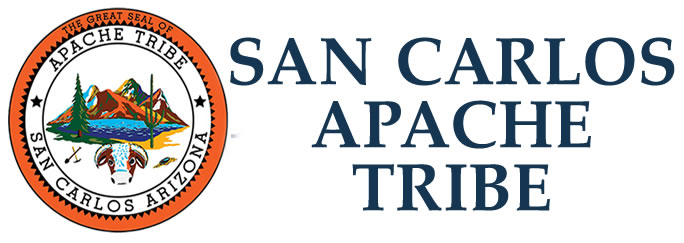About San Carlos Apache Tribe
The San Carlos Apache Indian Reservation spans across Gila, Graham, and Pinal Counties in Southeastern Arizona, roaming over a landscape that ranges from alpine meadows to desert. Encompassing 1,834,781 acres, the San Carlos Apache Reservation was established by executive order on November 9, 1871.
Over one-third of the community’s land is forested (175,000 acres) or wooded (665,000 acres).
Our Culture
Read More
Our History
Read More
Our People
Read More
Chairman’s Welcome
On behalf of our Tribal Council, welcome to the official website of the San Carlos Apache Tribe. The Office of the Chairman is here to serve the San Carlos people. We hope the information and support our staff professionally provides will benefit not only members of our own Tribal community, but visitors as well.
San Carlos Apache Tribe Tribal Council
Meet the San Carlos Apache Tribe Tribal Council! These are the elected representatives of the San Carlos Apache Tribe, and we are committed to serving our people and protecting our culture.

Terry Rambler

Tao Etpison

Eugene David Nozie

Jonathan Kitcheyan

Barbara May

Simon Hooke

Valerie Key-Cheney

Ina Salter

John Antonio Jr.

Ned Anderson Jr
Employment and Resources

San Carlos Apache Media and Events
Stay informed on important activities and resources within the San Carlos Apache Tribe Community and surrounding areas.
News and Publications
Featured Event





